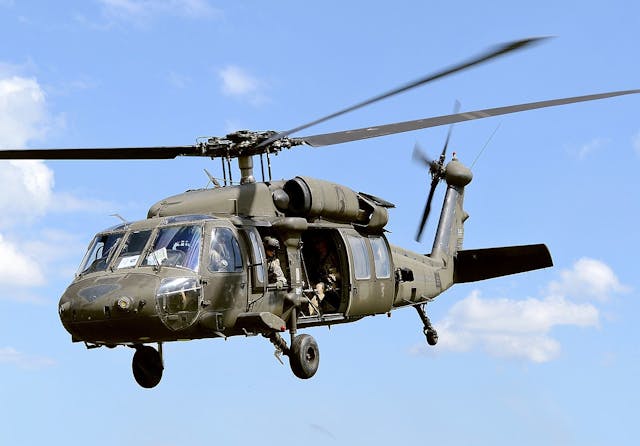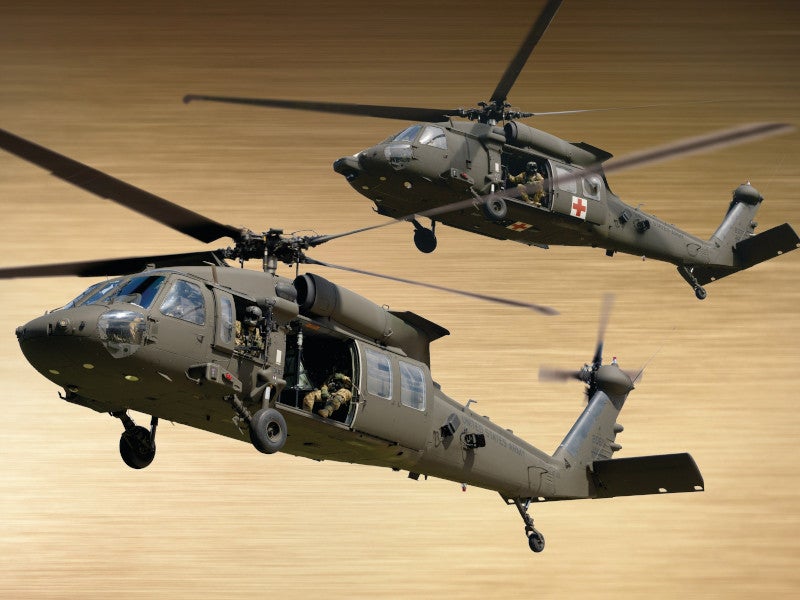UH 60 Technical Requirements and Performance Review
UH 60 Technical Requirements and Performance Review
Blog Article
The Influence of Sustainable Practices on the Future of Airplane Procedures and Emissions Decrease
As the aeronautics industry faces enhancing analysis over its ecological effect, the fostering of lasting methods emerges as a vital pathway towards future aircraft procedures and discharges reduction. Technologies in lasting aeronautics gas and developments in hybrid propulsion innovations stand at the forefront of this change, appealing significant reductions in greenhouse gas exhausts.

Review of Sustainable Practices
Sustainable techniques in airplane procedures incorporate an array of techniques aimed at decreasing ecological impact while preserving operational effectiveness. These practices are crucial in the aviation market's commitment to reducing its carbon footprint and sticking to international environmental standards. Secret initiatives include optimizing trip courses to minimize fuel usage, boosting maintenance procedures to ensure aircraft operate at peak effectiveness, and implementing sophisticated innovations such as winglets and light-weight products that boost aerodynamics.

Educating and involving personnel on sustainability practices likewise play a vital duty, fostering a culture of environmental duty within organizations. Generally, the integration of these lasting practices not only helps in reducing discharges but likewise improves the lasting practicality of the aviation sector, guaranteeing it meets the demands of both consumers and governing bodies while adding to global sustainability objectives.
Innovative Fuel Alternatives
Countless ingenious gas choices are becoming essential solutions to decrease the air travel market's dependence on standard fossil gas. Amongst these choices, Lasting Aviation Gas (SAFs) have actually gained significant attention because of their potential to lower lifecycle greenhouse gas exhausts by approximately 80% contrasted to traditional jet gas. SAFs are originated from various feedstocks, including waste oils, agricultural residues, and also algae, making them a versatile option for the market.
One more encouraging option is hydrogen fuel, which, when made use of in gas cells, produces just water vapor as a result. Furthermore, electrical propulsion systems are being checked out, leveraging battery technology to power aircraft.
Last but not least, biofuels stemmed from biomass are being investigated, offering a renewable alternative that can be mixed with conventional fuels. Jointly, these ingenious fuel choices stand for a crucial action toward accomplishing a sustainable aviation ecological community, aligning with international discharges decrease targets and enhancing the sector's ecological stewardship.
Technological Developments in Aeronautics

Exactly how can technical advancements reshape the future of aeronautics? Technologies such as hybrid and electric propulsion systems are at the forefront, appealing substantial decreases in gas consumption and greenhouse gas emissions.
In addition, the execution of sophisticated materials, such as light-weight composites, adds to improved the rules of aerodynamics and fuel performance. The usage of expert system and artificial intelligence in trip operations maximizes route preparation and decreases gas melt by making it possible for real-time modifications based upon weather and web traffic problems. Furthermore, the growth of independent and remotely piloted airplane systems stands to revolutionize freight and passenger transport, potentially increasing performance while minimizing human error.
Furthermore, lasting air travel innovations, including sophisticated air traffic monitoring systems, can simplify procedures and reduce blockage, leading to lower discharges during flight. These improvements jointly stand for a standard shift in aviation, assuring a future where sustainability and functional performance are intertwined, thereby sustaining the market's commitment to decreasing its environmental effect.

Governing Structure and Compliance
Because of the expanding focus on environmental stewardship within the aeronautics field, the regulative framework controling aircraft procedures is evolving to promote sustainable methods. Regulative bodies, such as the International Civil Aviation Company (ICAO) and numerous national air travel authorities, are introducing rigid guidelines targeted at reducing exhausts and boosting operational efficiency.
These laws frequently include the fostering of Sustainable Air travel Fuel (SAF), which has actually been recognized as a crucial component in accomplishing lower carbon footprints. Conformity with these regulations needs airline companies to carry out operational techniques and innovative technologies, such as enhanced trip paths and enhanced air website traffic monitoring, to minimize gas usage.
Furthermore, the enforcement of discharges trading schemes and carbon offsetting efforts is coming to be progressively widespread, engaging airlines to keep track of and report their exhausts accurately. Non-compliance can result in considerable charges, therefore pushing additional reading operators to focus on sustainability in their service designs.
Eventually, the advancing governing landscape not only drives innovation and investment in environment-friendly innovations however also promotes a society of responsibility within the air travel industry. As these frameworks remain to establish, the emphasis on lasting methods will certainly be important to achieving the field's lasting ecological goals.
Future Trends in Aircraft Procedures
As the aeronautics sector adapts to a significantly stringent governing environment, future trends in airplane procedures are set to concentrate on cutting-edge remedies that additionally improve sustainability and performance - uh 60. Key developments will likely consist of the fostering of innovative air web traffic management systems, which utilize real-time data and expert system to maximize flight paths, decreasing gas consumption and discharges
Another substantial fad is the boosted combination of sustainable aeronautics fuels (SAFs) These alternatives to standard jet fuel, stemmed from eco-friendly sources, can significantly reduce lifecycle greenhouse gas discharges. The industry's dedication to SAFs will likely accelerate as airline companies collaborate with gas producers to make certain accessibility and cost-effectiveness.
In addition, the push in the direction of electrification and hybrid propulsion systems is obtaining energy. Arising aircraft styles will certainly integrate these technologies, using quieter and more effective procedures, especially for short-haul flights.
Final Thought
To conclude, the integration of sustainable methods in aircraft operations holds considerable potential for emissions reduction and improved efficiency. The fostering of sustainable air travel fuels, paired with innovations in electrical and hybrid propulsion systems, is vital for minimizing lifecycle greenhouse gas discharges. Enhancing trip paths and welcoming ingenious innovations contribute to a quieter and much more environmentally pleasant aeronautics industry. Jointly, these efforts straighten with global sustainability objectives and pave the way for a greener future in aeronautics.
Advancements in sustainable air travel gas and advancements in hybrid propulsion technologies stand at the center of this change, promising substantial reductions in greenhouse gas emissions.Numerous innovative gas options are emerging as essential services to lower the aeronautics industry's reliance on typical fossil fuels - uh 60. Amongst these options, Lasting Aeronautics check Fuels (SAFs) have acquired considerable interest due to their potential to reduce lifecycle greenhouse gas emissions by up to 80% compared to traditional jet gas.An additional significant trend is the boosted integration of lasting aviation Visit Website gas (SAFs) The adoption of lasting air travel fuels, combined with advancements in hybrid and electrical propulsion systems, is necessary for decreasing lifecycle greenhouse gas exhausts
Report this page